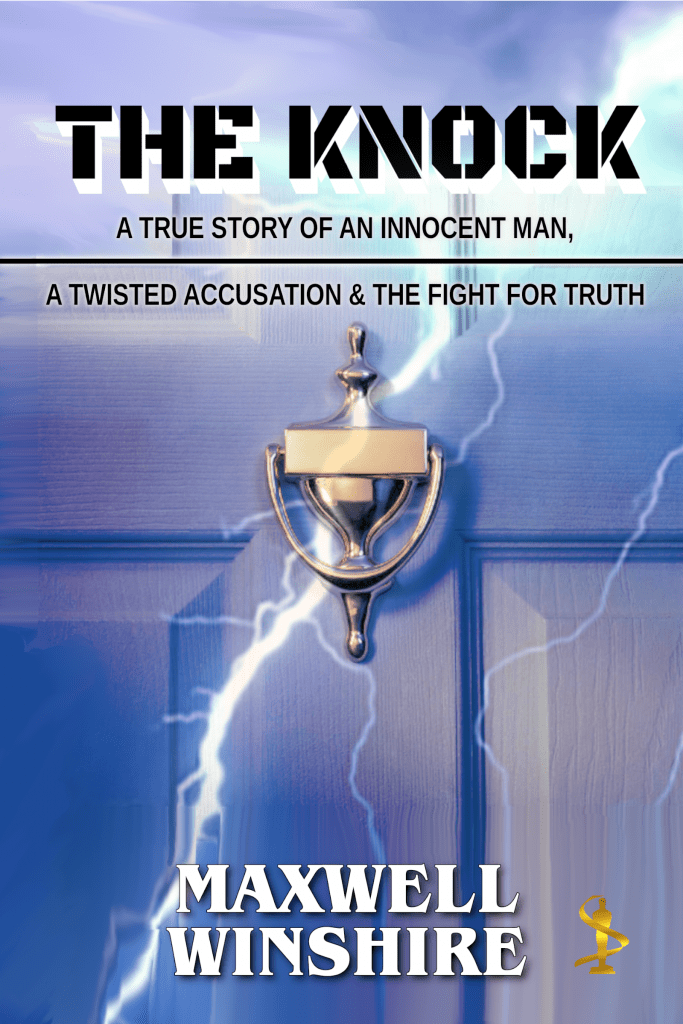Why do authors use satire

If you want to know why do authors use satire, you need to understand what satire means, what elements are most often used in satire, what is the purpose of the satire apex, why was satire popular in the 18th century and which satirical work from the 18th century are examples:
1. What satire means
2. What elements are most often used in satire
3. What is the purpose of the satire apex
4. Why was satire popular in the 18th century
5. Which satirical work from the 18th century are examples
1. What satire means?
Satire is defined as:
“a way of criticizing people or ideas in a humorous way, especially in order to make a political point, or a piece of writing that uses this style” (Cambridge Dictionary)
In other words, satire is used to make fun of human flaws or foibles; ‘the art of making someone or something look ridiculous‘.
The word ‘satire’ originally comes from the rhetorician, Quintillian, according to Professor Evan Gottlieb, Oregon State University, using the root of the Latin word ‘Satura’, which means ‘full’ and was common to many romans from the phrase ‘lanx satura’ which means a variety of fruits. This was intended to convey the miscellany of types of writing in this vein.
These were later narrowed down to three main types of satire.
The three main types of satire are a) Horatian Satire, b) Juvenalian Satire and c) Menippean satire.
a) Horation Satire
This comes from the Roman satirist, Horace, and describes satire, “in which the voice is indulgent, tolerant, amused, and witty.” It is not trying to generate anger, like in Juvenalian satire, but rather a ‘wry smile’.
In literature, examples of Horation satire would be Jonathan Swift’s Gulliver’s Travels and Mark Twain’s The Adventures of Huckleberry Finn.
In modern day times, examples of Horation satire would be Saturday Night Live in the US, or Spitting Image in the UK. The intention is to provide laughs at the expense of the subject but without any subversive intention.
b) Juvenalian Satire
This comes from the Roman satirist, Juvenal, and is a “formal satire in which the speaker attacks vice and error with contempt and indignation”. Therefore, in contrast to Horation satire, the intention is to change the subject or situation.
In literature, examples of Juvenalian satire would be George Orwell’s 1984 and Ray Bradbury’s Fahrenheit 451 which I have also discussed in my article ‘How to write dystopian fiction‘. Neither are funny satires, and the underlying intention is to point out what is wrong with totalitarian or authoritarian regimes, respectively.
In modern day times, examples of Juvenalian Satire would be Last Week Tonight with John Oliver in the US, or The Mash Report in the UK.
c) Menippean satire
This comes from the third century BC Greek cynic parodist and polemicist, Menippus. Rather than attacking specific individuals, political systems or establishments, the target is the attitudes of people, for example, “pedants, bigots, cranks, parvenus, virtuosi, enthusiasts, rapacious and incompetent professional men of all kinds.”
In literature, examples of Menippean satire would be Lewis Carroll’s Alice in Wonderland and Fyodor Dostoevsky’s Bobok.
In modern day times, examples of Menippean satire would be Terry Gilliam’s Brazil and Dave Eggar’s The Circle.
2. What elements are most often used in satire
There are three elements, or characteristics, of satire, in any medium, according to Megan LeBoeuf at the University of Rhode Island:
1) Critique
Firstly, satire is critical of what we do, our faults and mistakes with the intention of encouraging change.
“Satire is always a critique of some form of human behavior, vice, or folly, with the intent of persuading the audience to view it disdainfully and thereby encourage a degree of social change.”
2) Irony
Secondly, satire is ironic, which means there is a difference between what we expect to be happening and the reality.
“Satire uses irony, often in a humorous way, to point out the problems with the behavior being critiqued.”
3) Implicitness
Satire is implicit rather than explicit; it doesn’t say, “I am being satirical,” you have to draw this conclusion from the behaviour being displayed. Similarly, it doesn’t say, “this is what action you must take to fix this”, which is left to the observer.
“Satire is not an overt statement, and it does not come to an explicit verdict, but rather the critiqued behavior deconstructs itself within the satirical work by being obviously absurd, most often because it is exaggerated or taken out of its normal context.”
Satirical techniques may include ridicule, sarcasm, exaggeration, juxtaposition, incongruity and understatement.
3. What is the purpose of the satire apex
The satire apex is a Roman conception of the boundaries of satire as like a triangle, with sides: a, b, c; where each side is respectively, as follows: a) attack; b) entertainment; and c) preaching. (Themes in Roman Satire
by Niall Rudd).
The characteristics or elements of satire, above, can be compared to the satire apex, with Critique being equivalent to a) Attack, Irony being equivalent to b) Entertainment, and Implicitness being equivalent to c) preaching.
In Roman times, it was thought that if a poem was too often critical or attacking, it becomes insulting or abusive rather than satirical. And if a poem spent too long on irony, it becomes just another comedy rather than satirical. And, finally, if it is stays on preaching, explicitly, rather than implicitly, it becomes like a sermon, rather than satire.
Therefore, in order for satire to work, it needs to address all three: “as a whole we need to think of an area rather than a line.”
4. Why was satire popular in the 18th century
Satire was popular in the 18th Century because writers were interested in portraying, “reason and rationality over tradition and religion,” to challenge the status quo, hypocrisy, the facade of tradition and respectability and an “an innate sense of moral and political supremacy.”
Satire provided “of the profuse moral corruption of a society that sometimes seemed to forget the true ideals of its age.”
The popularity of 18th Century satire still has a relevance today. In the “What’s your problem?” trilogy (2022), I explore the moral corruption of the media I see in society in shows like The Jerry Springer Show in the US, and The Jeremy Kyle Show in the UK, cancelled after one person committed suicide after their appearance, by trying to imagine what a talk show would be like in a dystopian TV satire set in 2084: Counsellor versus Patient.
5. Which satirical work from the 18th century are examples
The most famous examples of satirical work from the 18th century are Alexander Pope’s The Rape of the Lock and Jonathan Swift’s A Modest Proposal.
Firstly, Alexander Pope’s The Rape of the Lock was an attempt to reconcile two real life sparring families by exaggerating the extent of their rift. It makes a mockery of the traditional epic poems of the time like Milton’s Paradise Lost:
“’The meeting points the sacred hair dissever from the fair head, forever and forever! Then flashed the living lightening from her eyes, and screams of horror rend the affrighted skies’ (Pope 153-156). This embellished and exaggerated quotation is representative of the fundamental elements of Horatian satire used in this mock epic.“
Secondly, Jonathan Swift’s A Modest Proposal, criticises the protestant British Empire of the time who suppressed the poor Catholic Irish community:
“Swift composed this harsh satirical proposal, suggesting that the Irish sell their children as food, in order to escape their economic despair. ‘The number of souls in this kingdom being usually reckoned one million and a half, of these I calculate there may be about two hundred thousand couple whose wives are breeders’ (Swift 1115).
Conclusion
When you think of Horation satire, think The Simpsons, and when you think of Juvenalian satire, think Southpark (Alan Rankin). The former aims at social commentary for laughs, the latter, making a cutting social observation.
On a professional level as a writer, I had difficulty deciding whether my ‘What’s your problem?’ series was a parody or satire. Was I exaggerating, say, ‘The Jerry Springer Show’, just for laughs, in which case I could describe it as a parody, or was I critical of the whole medium of television exploiting people whatever the show, and implicitly advocating social change? Since I created a show where a Counsellor was against a Patient, I decided this was more than an exaggeration of talk shows, it was, in fact, a dystopian treatment. In the end, I settled on the tagline ‘A dystopian TV satire’.
Satire is like a super-power; Use it mercifully.
Maxwell Winshire is the author of ‘Katy’s Loss’; A dystopian TV satire (Book 1 in the ‘What’s your problem?’ Trilogy) which is available on Amazon here.


